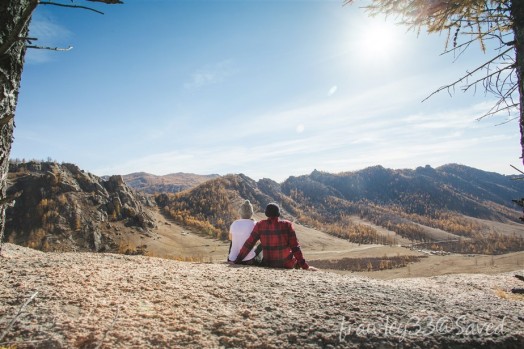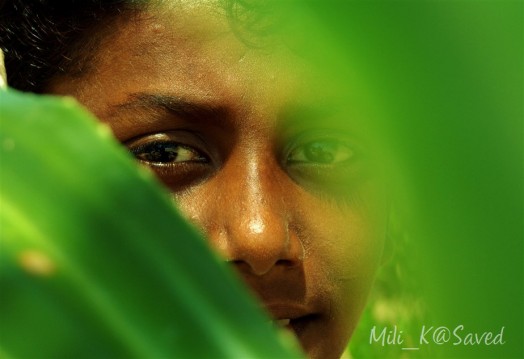Sydney is far away from Fort Collins, and the general consensus of CLTL seems to be that social media doesn’t bring it much closer. Amid the tweets, the hashtags and the many, many photos of people in suits with microphones on, how can those of us who aren’t there find human connections around this issue?
Turns out the World Parks Congress had a photo competition about People, Parks and Planet, each of which has a story with it. Here are some of them – people in nature from around the world.
“Sri Lanka’s indigenous inhabitants, the Veddas or “forest-dwellers” as they call themselves — preserve a direct line of descent from the island’s original Neolithic community. Even today, the surviving Veddas community retains much of its own distinctive cyclic worldview, prehistoric cultural memory, and time-tested knowledge of their monsoon forest habitat that has enabled their ancestor-revering culture to meet the diverse challenges to their collective identity and survival.” – Mili K
“K’Bel Krajan, aged 76, is a traditional Gong player. She is K’Ho and lives in Lach Village which is nestled below Mount Langbiang, in the Central Highlands of Vietnam…K’Bel Krajan teaches the younger generation how to play the Gongs and in this sense she is saving an age-old tradition that has been passed down through generations.” – happyfishfotos
 “This photo was taken in the Gorkhi-Terelj National Park, Mongolia early one morning when we woke up and decided to go for a walk. With no electricity, no phones and no distractions, it forces you to escape and be free from any thought or worry and just allows you to enjoy yourself, the company you are with and the nature around you.” – frawley33
“This photo was taken in the Gorkhi-Terelj National Park, Mongolia early one morning when we woke up and decided to go for a walk. With no electricity, no phones and no distractions, it forces you to escape and be free from any thought or worry and just allows you to enjoy yourself, the company you are with and the nature around you.” – frawley33
And the winner of the Youth category, ‘Entranced’ by Kalani Gacon, whose description is so beautiful I’m going to quote all of it.

“A run through the Blue Mountains bush on a cold winter’s day brings a feeling of ecstasy unlike any other. A beautiful, fragile habitat at our fingertips is something I will never take for granted. Our home, the home of the Darug and Gundungurra for millennia, has been under attack by schemes of Coal Seam Gas which we have protested against time and time again in an ongoing battle that will not die. One glance at the scenery will tell you that this is a truly sacred place, a harmoniously delicate land that cannot risk being manipulated. The beautiful local plants and animals have adapted to the most challenging conditions and have lived peacefully with the first Australians for many thousands of years before the pursuit of Greed corrupted the equilibrium. An unusually high concentration of aboriginal art found in the area is fitting with many stories of the Blue Mountains as a sacred site, a place of healing, abundant in spiritual riches as an important ceremonial site. Today we try to acknowledge it as such and will continue to listen and learn from it. The hearts of my friends and I lie within this land and we will die protecting it.”



